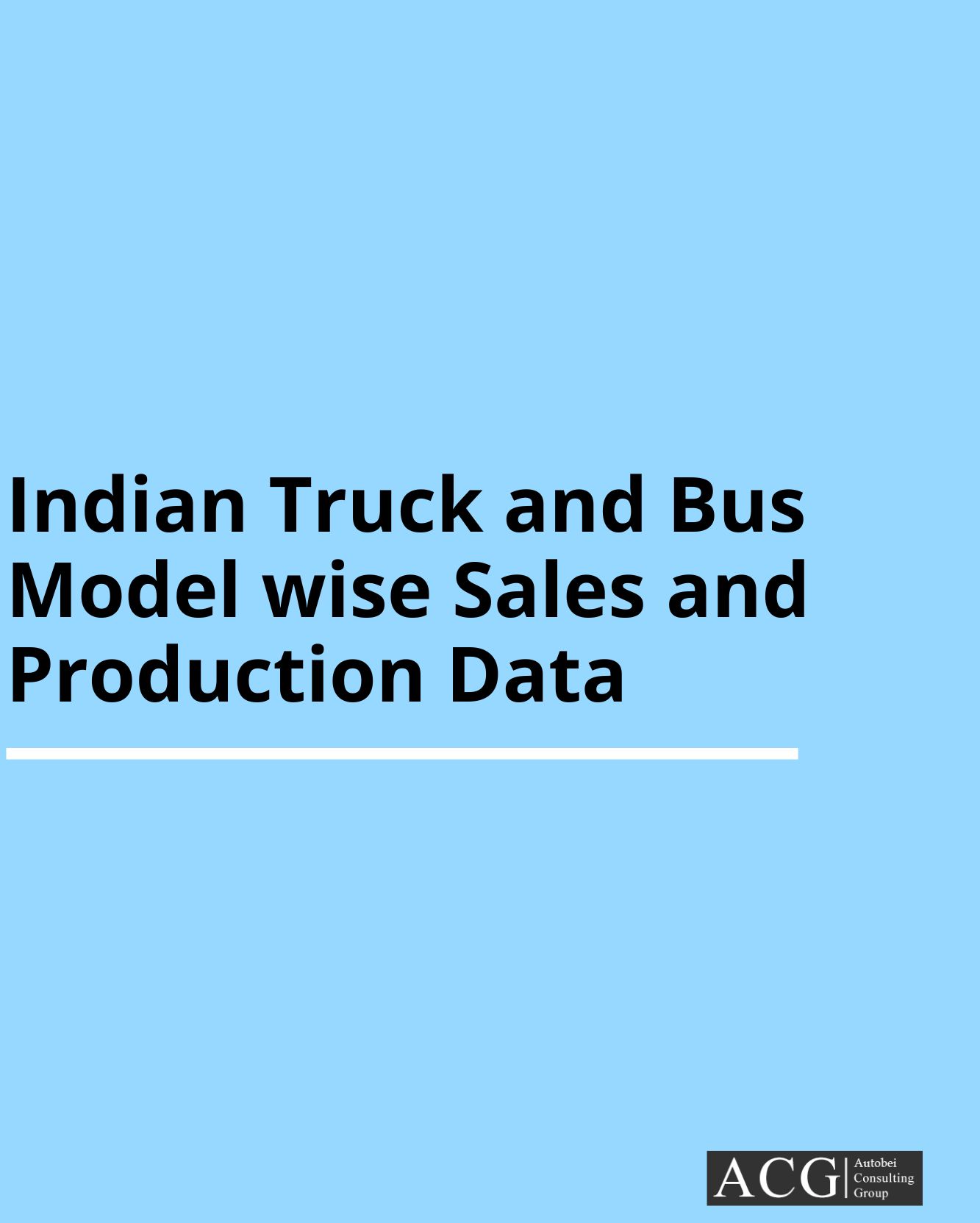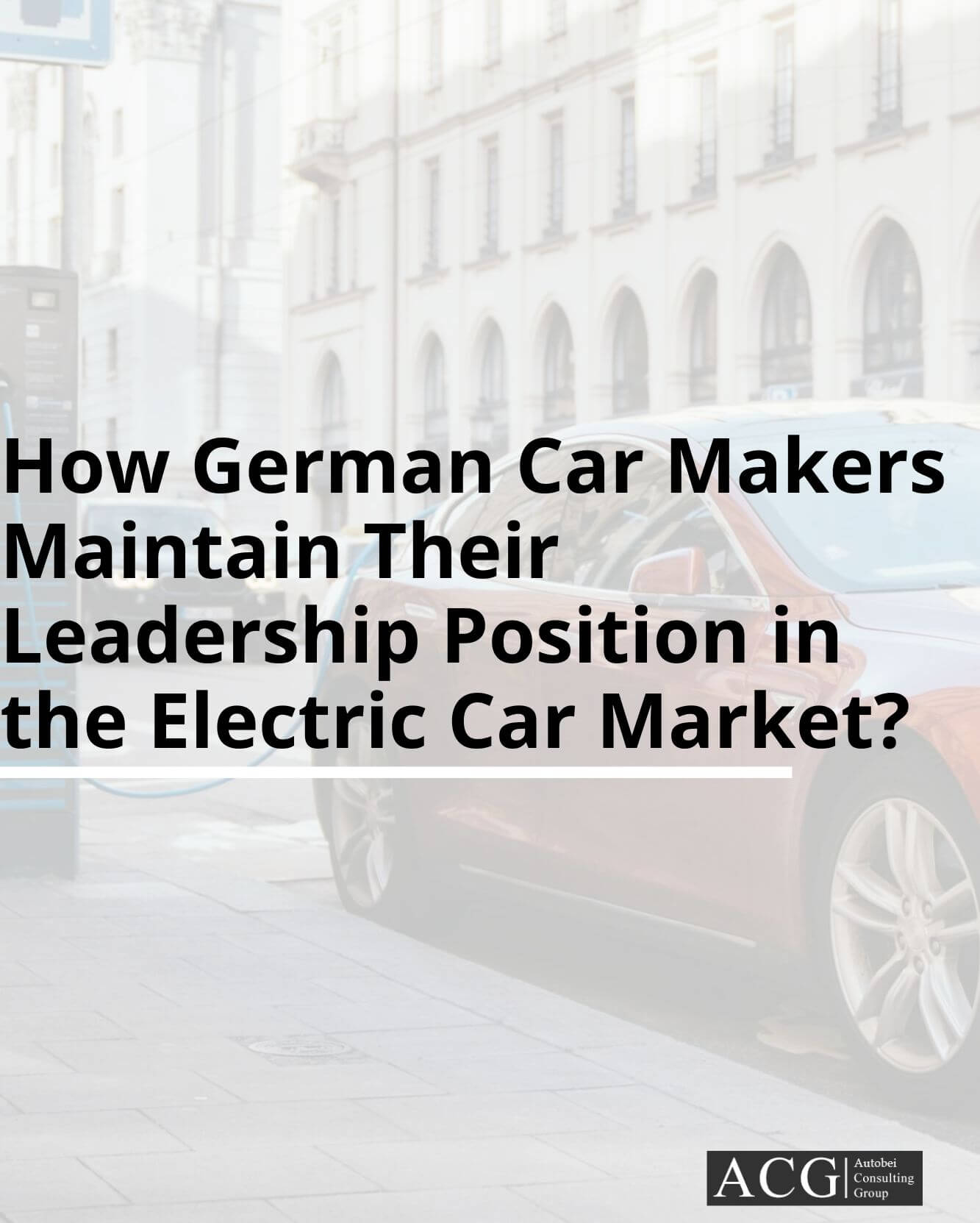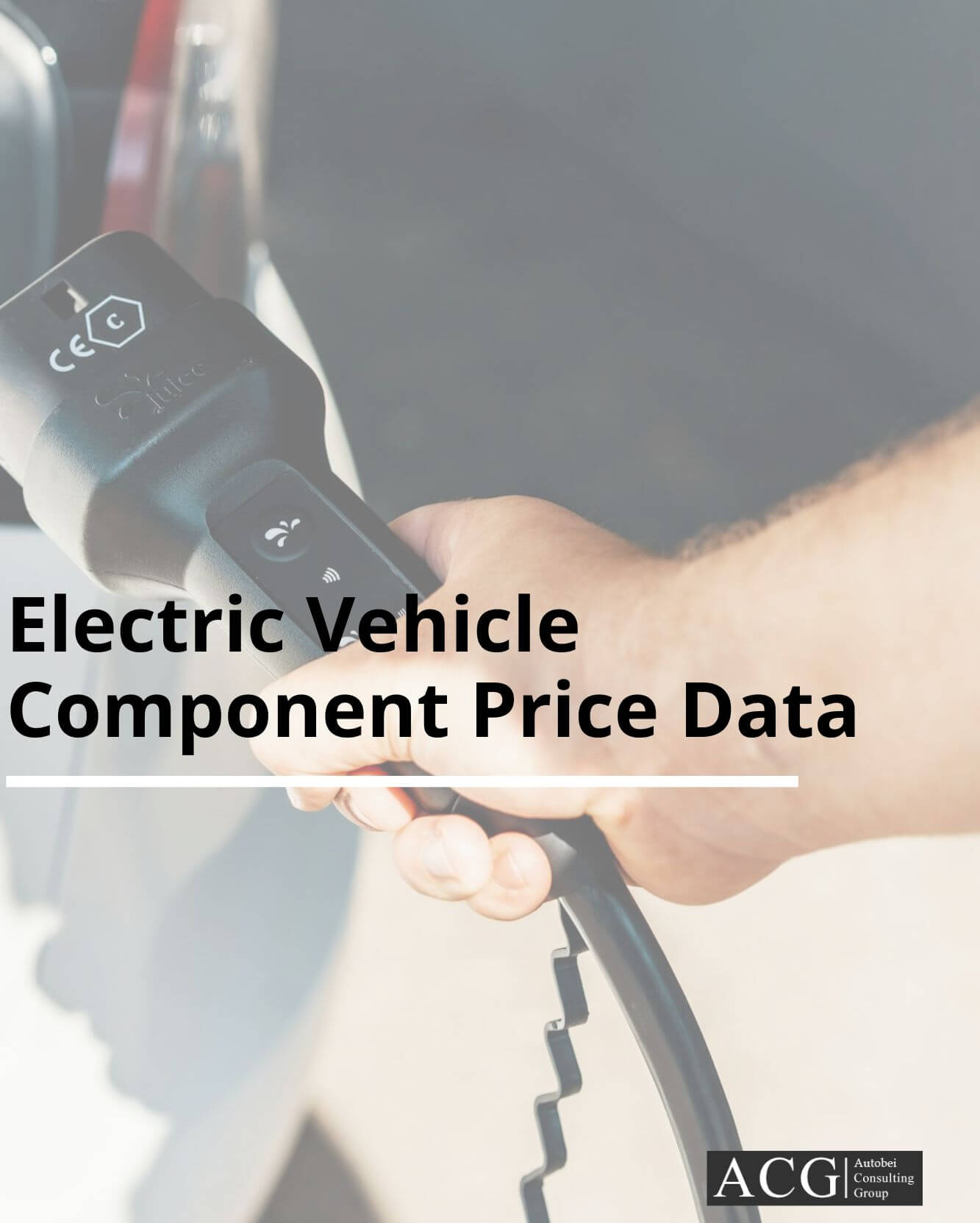Electric Truck Product and Sales Strategy is a detailed analysis report covering various aspects of the Indian market context. The Truck market size in India is expected to touch 1 million units in the next 2 years. Trucks are the backbone of the Indian road freight movement. It accounts for more than 70% of the share in cargo trucks. Trucks are responsible for 34 per cent of emissions and fuel consumption from road transport. It is expected that the penetration rate of Electric Truck in India will be 15 to 20% by 2027.
It is targeted that the trucking Industry reduces 46% of emissions by 2050.
There are four categories in the truck Industry: Mini Truck, Pick Up Truck, light Duty Truck, Medium Duty Truck, and heavy-Duty Truck. The Power factors, load-carrying capacity and Application mapping are different for each segment.
The price of the LFP battery in India is 12,000 INR to 14,000 INR per kWh.
The average battery capacity of the Mini and Pickup trucks is around 30kWh with a range of 150km on a single charge, Light Duty trucks 60kWh, Heavy Duty Truck 150 to 450kWh with a max 200km range.
The LFP battery is most suitable for the Electric Truck product portfolio. The price of an Electric truck is 2 to 4 times higher than an ICE truck depending on the type of truck. If Electric Trucks gets a financial incentive like other EV segments, then it is more affordable to buy the electric truck. It is expected that FAME III will have a financial incentive provision for Electric trucks also.
With the economic growth of the country, Urbanization, and increased population along and disposal income, the truck industry is going to play a crucial role in the daily life of the people. People are expecting fast and quick delivery of consumable items. The last-mile delivery can have quick access to any part of the city. Some cities like Delhi have banned the entry of Diesel trucks except those carrying essential commodities.
There are limitations and challenges for Electric Truck but there are some compatible segments that OEMs can still penetrate and make their effective presence. The customer does not want the best truck, but the customer wants the most suitable truck for their application or their business. OEMs need to keep in mind that do not add unnecessary features or high technical specs at the time of designing an Electric Truck. Follow Product market fit. The reason is this Electric trucks are already expensive and adding complimentary features will increase its price. The Electric drivetrain provides instant torque which increases efficiency and performance on difficult and high terrains.
Mini and Pickup trucks are suitable for launching electric Trucks. The payload of the Electric Mini and Pick trucks is slightly less between 5 to 9% compared to the ICE Trucks. The power requirement for Trucks purely depends on the Application and payload of the vehicle.
For a Mini Truck, the Energy required per Unit Distance Requirement from the Battery is only 0.23 kWh/km. The Tyres of Trucks are wider with higher ply ratings. This gives a better grip.
Mining Tippers do not need a high range in one charge and dense charging infrastructure due to its application in mining or on the construction side. The high price of an Electric Tipper is not an issue for many mining companies. The high torque, better acceleration, and uptime are key buying factors for them.
There is low resale value of the mining truck, and this is true in the case of the Electric Vehicle or trucks also. So, this issue does not play an important role in TCO calculation when compared with ICE Truck. Payload is the only factor that OEMs need to check for this application. Also, onsite service is necessary to provide immediate support. The TCO is a positive for this application.
Electric Tipper can achieve 94% efficiency with silicon semiconductor inverter. This calculation is for 28T GVW tipper. The calculation is based on assuming a 40kmph speed with a 5% gradient. The Energy required per Unit Distance Requirement from the Battery is 4.6 kWh/km.
Propel Dumper is the highest GVW Truck for off-road mining applications. It comes with an 18Cum Hardox rock body. The battery capacity is 163kWh.
The Indian Truck market is dominated by unorganized sectors. 78 per cent of fleet owners’ trucks have less than 5 trucks. Their financial Business Model is different from large fleet owners. Around 60 per cent of Truck fleet owners return their fleet without load, after the delivery of goods. Some digital platforms are trying to solve this issue but still it is not popular.
Local garages are also converting the ICE Tata ACE Gold into an Electric drivetrain and it is legal if it is validated by Government authorities.
Indian Electric Truck Report helps to understand the
Choose the Right Customer and Truck segment, How to Target the identified customer segment, Mapping the Truck Specs, Features, Price and Truck Application, key bus routes, Changes in Market Dynamics, solve business problems, and launch new buses in the market.
The Indian Electric Truck Market Forecast is divided into the following sections:
Truck Segment Market Size (By Units and Value): Truck Segments and Truck Applications in India like Agri related, Vehicle Transportation, Market load, construction, Mining, Terminal Trucks, Port Applications, City transport, e-commerce, Courier service etc.
GVW-based: Truck Classification is based on GVW and Payload.
Price-based segmentation: TCO is the most important buying factor for the Truck Industry. For Electric Trucks, it is a bit complex because Trucks move from different terrains and with different payloads in one cycle. We consider more than 10 key factors to calculate Truck TCO.
Strategic Buyer Group: Trends and Insights of the Financing Bus Options in India and Outlook.
Key Pockets: Trend Analysis and future growth forecast across key states and cities like Metro cities, Tier I, Tier II, and Tier III cities.
Fuel Type: Market size of Electric Truck, Diesel Truck, CNG Truck, LNG, and Hydrogen Fuel Cell Truck. Market share forecast of the adoption rate of different fuel type trucks by 2030 and 2040.
Feasibility Analysis of Drivetrain and Application of the Trucks. This helps to create the eTruck portfolio.
Government Policies: Unfortunately, there is no subsidy available for Electric trucks. However, it is expected that in FAME III, there will be a subsidy available for Electric trucks also.
Drivers and Enablers: Electric trucks have different sets of drivers and challenges.
Electric Truck Business Models: Exploration of emerging business models in the industry, such as aggregator-based models, PPP models, and leasing models.
New Market Requirements: Identify the new market trends, logistics industry Analysis, New technology Adoption, Digital Features, and impact on Electric Truck penetration rate.
Truck Industry Growth Drivers: Every Truck Segment, Truck Type, and Application of the Vehicle has a different growth driver. Consumer Spending Power, Investment in Infrastructure, Growth of Logistic Industry, Development of ports, Vehicle Sales
Product Strategy and Roadmap: The Electric Truck Industry in India is just taking off. There is a tremendous opportunity knocking on the door of traditional and start-up companies to capture the market share.
Supply chain Issue and Cost Analysis: Battery, Semiconductor, Inverter, Power Module, Motor, Truck body manufacturers and other key components.
Truck Fleet Owner Survey: We have a 32,000 Fleet owner database to get their experience, Challenges, Business Models, and Opportunities.
Competitor Landscape:
- Tata Motors
- Switch Mobility
- Eicher
- Tritron
- Olectra
- Propel
- IPLTech (Murugappa Group)
- OSM




